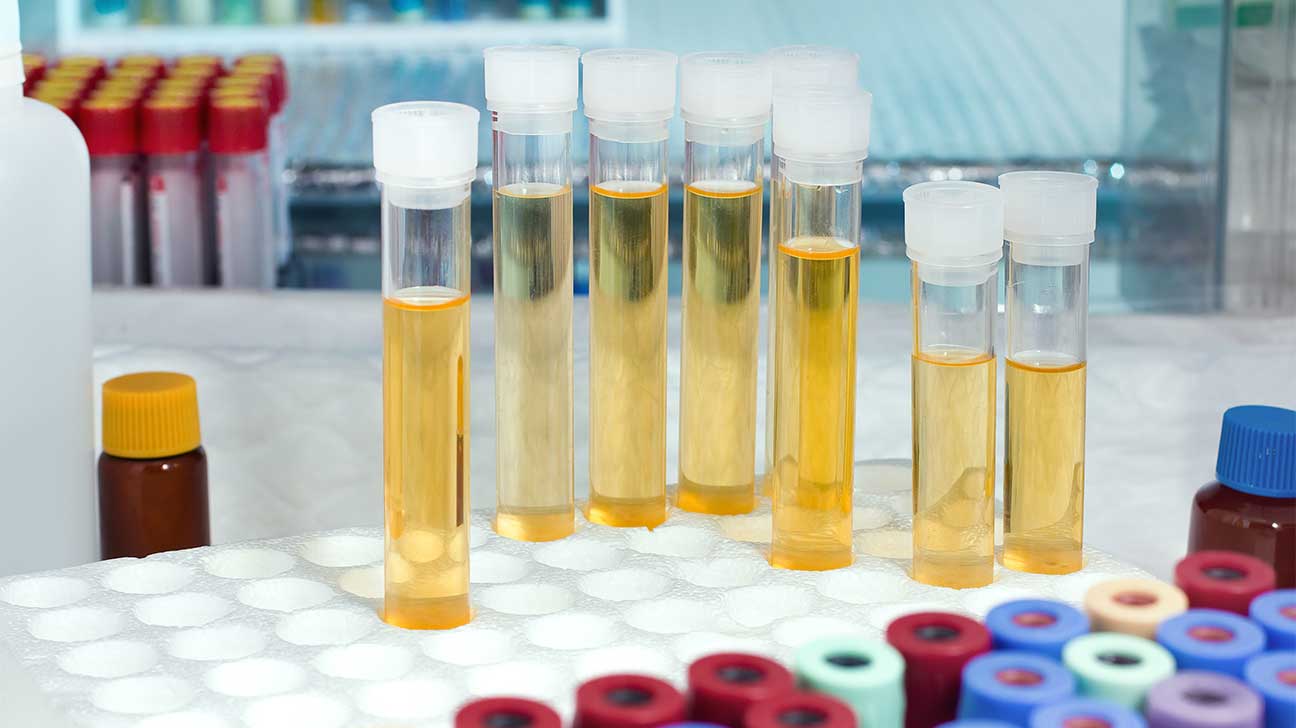How Long Does Ritalin (Methylphenidate) Stay In Your System?
Ritalin stays in your system for between 5 to 40 hours after your last dose. Drug tests in Ohio can detect Ritalin use for an average of 1 day after your last dose.

Ritalin can stay in a person’s system for anywhere between 5 to 40 hours after last use. How long Ritalin stays in your system depends on the formulation and dosage of Ritalin you take.
Ritalin and its generic form, methylphenidate, is prescribed to treat attention deficit hyperactivity disorder (ADHD) in Ohio. Ritalin comes in both immediate-release and sustained-release formulations, which can last for different amounts of time in a person’s system.
Ritalin is a Schedule II controlled substance in Ohio with a high potential for substance abuse. Recent reports state that prescription stimulant abuse of drugs such as Ritalin are common in Ohio.
If you abuse Ritalin to improve energy or focus, your Ritalin abuse may show up on a drug test.
Drug Testing For Ritalin Use
Polysubstance drug tests in Ohio can detect Ritalin. Drug tests can look for either unchanged Ritalin or unique components known as metabolites left behind by your body after use.
Ritalinic acid is the primary metabolite in Ritalin drug tests. Medical professionals in Ohio may use urine tests as their preferred form of drug testing.
Urine Test
Urine tests can detect Ritalin for up to 1 day after your last dose. A 10 mL urine sample may be needed to ensure accurate results.
Blood Test
Blood tests can detect Ritalin for up to 1 day after your last dose. The detection time of Ritalin in your blood may be shorter than other forms of drug testing.
Saliva Test
Ritalin and its metabolites can stay in oral fluid for less than 1 day after your last dose.
A study from the Journal of Analytical Toxicology reported that ritalinic acid may be detected in oral fluid more often than unchanged methylphenidate. Saliva tests are less invasive than other forms of drug testing.
Hair Test
Hair follicle tests can detect Ritalin for up to 90 days after your last dose.
Although Ritalin has a short half-life, the detection window of Ritalin in hair tests can be longer than other forms of drug screening. Ritalin and its metabolites can stay in your hair follicles for extended periods of time as your hair grows.
Half-Life Of Ritalin
Half-life is the amount of time a drug takes to decrease to half of its peak concentration in your body. Half-life is used to calculate how long the effects of Ritalin last in your body. After about 5 half-life cycles, methylphenidate can be almost completely eliminated from your bloodstream.
Immediate-release methylphenidate can have an average half-life of about 1 to 2 hours. Sustained-release methylphenidate can have a half-life of 3.5 to 8 hours. These formulations of methylphenidate can stay in your bloodstream for between 5 to 40 hours.
Factors that can affect how long Ritalin stays in your system can include your age, body mass, and taking Ritalin with food. These factors can also affect how long you feel the effects of Ritalin, including increased focus, energy, or loss of appetite.
Prescription Drug Abuse Treatment Options
According to a 2022 report from the Ohio Substance Abuse Monitoring Network, prescription stimulant medications such as Ritalin, Adderall, and Concerta are widely available for substance use in most parts of Ohio.
The stimulant effects of Ritalin can make the drug appealing for people who want to improve their work or school performance. However, abusing Ritalin can lead to serious side effects, such as worsening mental health, high blood pressure, and other long-term problems.
To find out if our Ritalin addiction treatment options work for you or your loved one, please contact us today.
- ARUP Laboratories https://www.aruplab.com/files/resources/pain-management/DrugAnalytesPlasmaUrine.pdf
- Food and Drug Administration https://www.accessdata.fda.gov/drugsatfda_docs/label/2013/010187s077lbl.pdf
- Food and Drug Administration https://www.accessdata.fda.gov/drugsatfda_docs/label/2007/010187s069,018029s040,021284s011lbl.pdf
- Journal of Analytical Toxicology https://academic.oup.com/jat/article/41/4/289/2948748

